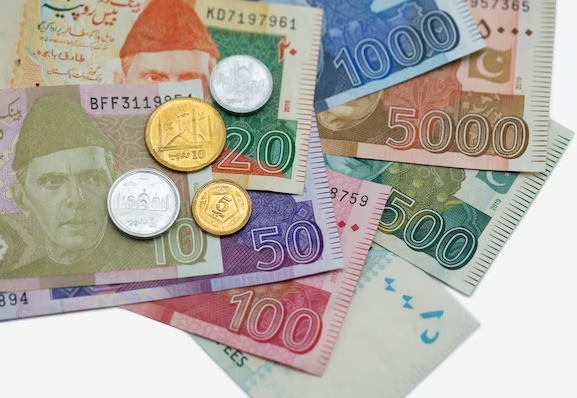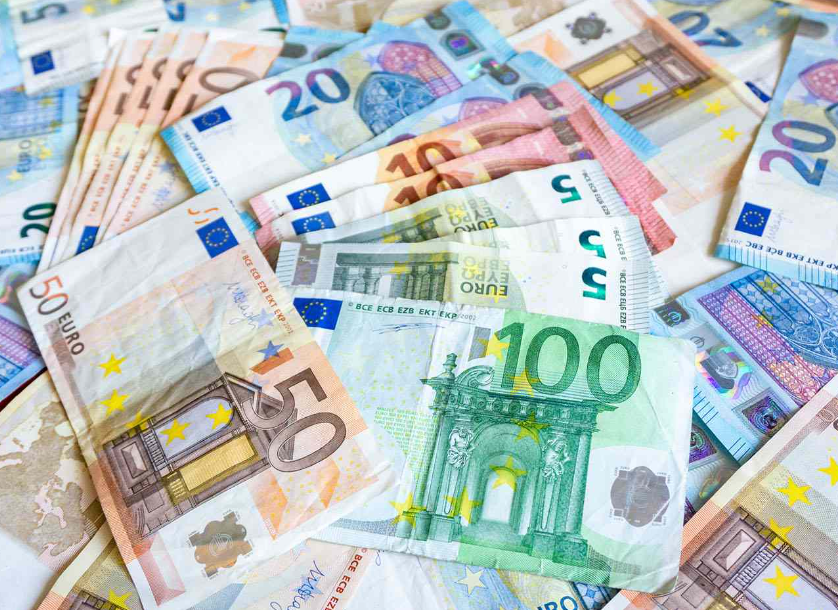Bolivia, a beautiful country in South America, has a rich cultural heritage and a fascinating history. One of the significant aspects of Bolivia’s financial landscape is the Bolivia National Currency, the Bolivian boliviano. In this article, we will delve into the details of the Bolivian boliviano, exploring its history, denominations, security features, exchange rates, and its role in Bolivia’s economy. Let’s embark on this journey to discover the wonders of the Bolivian boliviano.
Currency plays a pivotal role in any nation’s economic stability and day-to-day transactions. The Bolivian boliviano, often abbreviated as BOB, serves as the official currency of Bolivia. Understanding the nuances of Bolivia’s national currency is essential to gaining insights into the country’s financial landscape and its economic well-being.
History of Bolivia National Currency
The history of Bolivian currency dates back to the colonial era when Bolivia was under Spanish rule. Initially, the Spanish colonial real was the primary currency in circulation. However, Bolivia gained independence in the early 19th century, leading to the introduction of its own currency system.
The Bolivian Boliviano: An Introduction
The Bolivian boliviano, introduced in 1864, is the result of Bolivia’s journey toward monetary independence. The currency is named after the country’s liberator, Simón Bolívar, who played a significant role in the region’s struggle for independence from Spanish rule.
Denominations and Coins
The Bolivian boliviano is divided into subunits called centavos. Currently, the currency is available in coins with denominations of 10, 20, and 50 centavos, as well as banknotes with denominations of 10, 20, 50, 100, and 200 bolivianos. These coins and banknotes are essential for facilitating daily transactions across Bolivia.
Banknotes and Security Features
To ensure the integrity of the Bolivian boliviano, the banknotes feature various security elements. These include watermarks, holographic strips, tactile marks, and unique designs, which make counterfeiting extremely challenging. The Central Bank of Bolivia is responsible for issuing and regulating the currency, maintaining its authenticity and security.
Bolivian Boliviano Exchange Rates
The value of the Bolivian boliviano fluctuates in relation to other currencies on the foreign exchange market. The exchange rate between the boliviano and foreign currencies is determined by supply and demand dynamics, economic factors, and market conditions. It is important for individuals and businesses engaged in international transactions involving Bolivia to stay informed about the current exchange rates to ensure accurate conversions.
Factors Influencing Bolivia National Currency’ Exchange Rates
Several factors influence the exchange rates of the Bolivian boliviano. Economic indicators such as inflation, interest rates, GDP growth, and political stability can impact the value of the currency. Additionally, global economic trends, trade relationships, and commodity prices also play a role in determining exchange rates. Understanding these factors can provide valuable insights into the performance of the Bolivian boliviano in the foreign exchange market.
The Central Bank of Bolivia
The Central Bank of Bolivia, known as the Banco Central de Bolivia, is the governing authority responsible for issuing and regulating the Bolivian boliviano. It plays a crucial role in maintaining the stability of the currency and implementing monetary policies to foster economic growth. The Central Bank’s decisions regarding interest rates, money supply, and exchange rate interventions can influence the value of the Bolivian boliviano.
Importance of the Bolivian Boliviano to the Economy
The Bolivian boliviano is vital to Bolivia’s economy as it serves as a medium of exchange for goods and services within the country. It facilitates domestic trade and provides a benchmark for pricing and economic transactions. The stability and credibility of the currency are essential for attracting foreign investments, promoting economic growth, and maintaining confidence in Bolivia’s financial system.
Bolivia’s Monetary Policy
The monetary policy implemented by the Central Bank of Bolivia has a significant impact on the performance of the Bolivian boliviano. The bank aims to achieve price stability, control inflation, and foster economic growth through its monetary policy decisions. By adjusting interest rates, managing money supply, and intervening in the foreign exchange market, the Central Bank strives to maintain a balanced and sustainable economic environment.
Bolivian Boliviano and Inflation
Inflation is an important consideration when analyzing the value of a currency. Bolivia has experienced varying levels of inflation in the past, which can affect the purchasing power of the Bolivian boliviano. The Central Bank of Bolivia employs strategies to control inflation and maintain the stability of the currency to ensure that it retains its value over time.
Using Bolivian Boliviano in Bolivia
Within Bolivia, the Bolivian boliviano is widely accepted as legal tender. It is used for everyday transactions, including shopping, dining, transportation, and paying bills. Cash is the primary form of payment in many establishments, although electronic payment methods are also gaining popularity. Travelers visiting Bolivia are advised to have a sufficient amount of Bolivian bolivianos on hand for ease of transactions.
Converting Bolivia National Currency to Other Currencies
For international travelers or individuals engaged in cross-border trade, converting Bolivian bolivianos to other currencies may be necessary. This can be done at authorized foreign exchange bureaus, banks, or through digital currency exchange platforms. It is important to compare exchange rates and fees to ensure the most favorable conversion rates.
Conclusion
The Bolivian boliviano is more than just a national currency; it represents Bolivia’s economic stability, cultural identity, and financial independence. Understanding the history, denominations, security features, and role of the Bolivian boliviano provides valuable insights into Bolivia’s economic landscape. Whether you are a traveler, investor, or simply curious about global currencies, the Bolivian boliviano offers a fascinating glimpse into the financial world of Bolivia.
FAQs
- Is the Bolivian boliviano accepted outside of Bolivia?
No, the Bolivian boliviano is not widely accepted outside of Bolivia. It is recommended to exchange the currency for the local currency of the destination country before traveling.
- What is the symbol for the Bolivian boliviano?
The symbol for the Bolivian boliviano is “Bs” or “Bs.”
- Can I use credit cards in Bolivia?
Yes, credit cards are widely accepted in major cities and tourist areas in Bolivia. However, it is advisable to carry cash for smaller establishments or in remote areas where card acceptance may be limited.
- What are the popular tourist attractions in Bolivia?
Bolivia is known for its stunning landscapes, including the Uyuni Salt Flats, Lake Titicaca, and the historic city of Sucre. Other popular attractions include the Bolivian Amazon rainforest and the ancient ruins of Tiwanaku.
- How can I stay updated on Bolivian boliviano exchange rates?
You can stay updated on Bolivian boliviano exchange rates through financial news websites, currency exchange platforms, or by contacting your bank for the most accurate and up-to-date information.
References
- “Bolivian Boliviano” – Banco Central de Bolivia: www.bcb.gob.bo
- “Currency of Bolivia” – Encyclopedia Britannica: www.britannica.com/place/Bolivia/Currency
- “Boliviano” – Currency Wiki: currency.fandom.com/wiki/Boliviano
- “Bolivia’s Economy” – World Bank: databank.worldbank.org/source/bolivia

